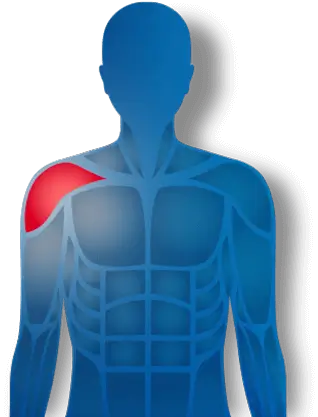Initial phase:
steady rise
Insights:
01
Steady rise on recovery for the
start period
02
Since progress is not measured and there is no tangible way to gauge improvement,
the doctor has to rely on the patient’s visible progress to make exercise
decisions
Manual testing means a start in recovery, but it is not quantifiable!
Recovery phase:
the progress hits a plateau
Insights:
01
The patient is not satisfied due to the lack of any visible improvement
over a period of time
02
No quantifiable progress gauge
03
In the absence of accurate measurements, the lack of data increases the risk of
making an uninformed decision
What happens if training intensity is increased for results?
Recovery Phase:
The Progress hits a plateau
Insights:
01
While initial progress is evident, the lack of quantifiable evidence to support
it poses a serious risk of worsening recovery if exercises are intensified
02
Excessive training may cause strain, reverse progress, and aggravate the injury.
All of which can significantly delay recovery








